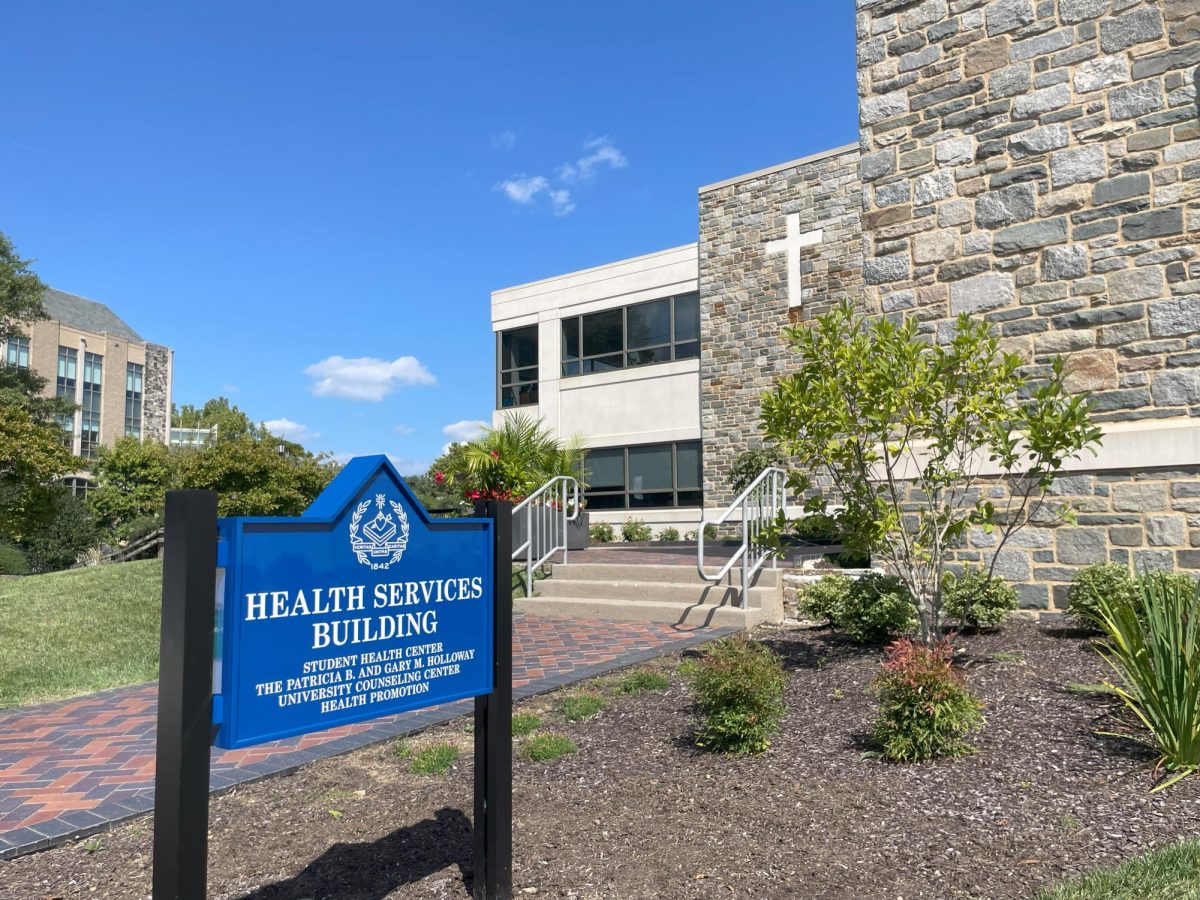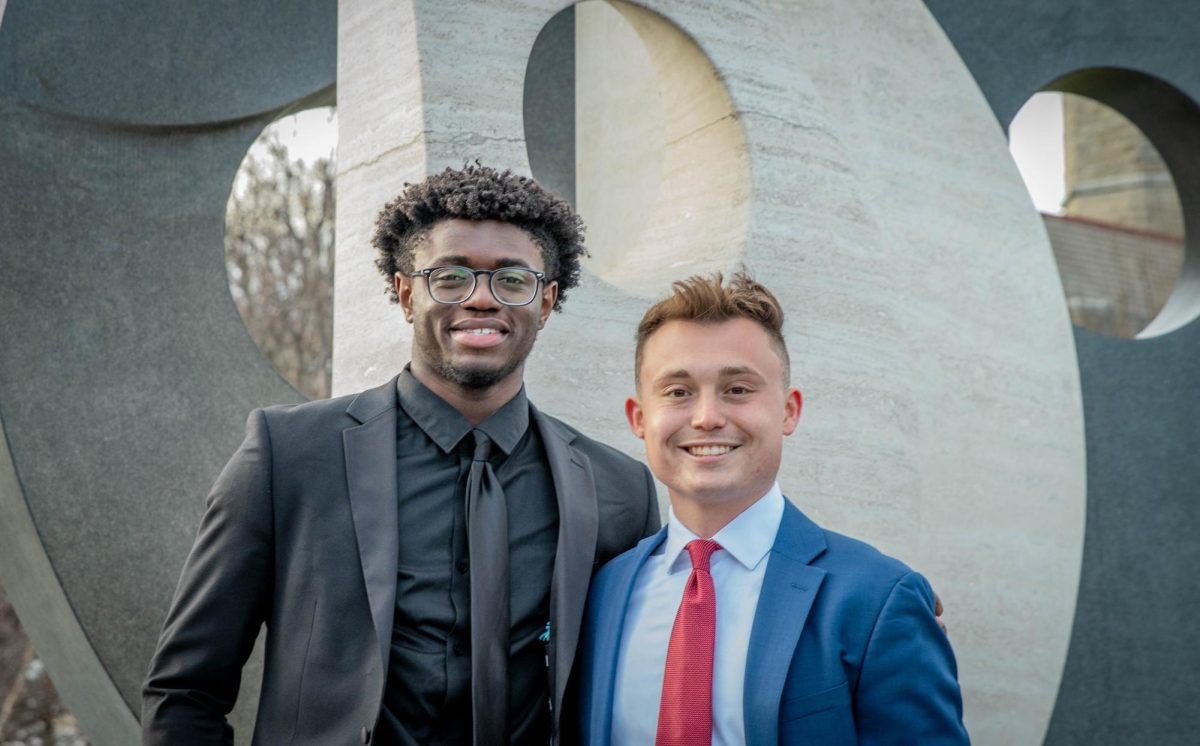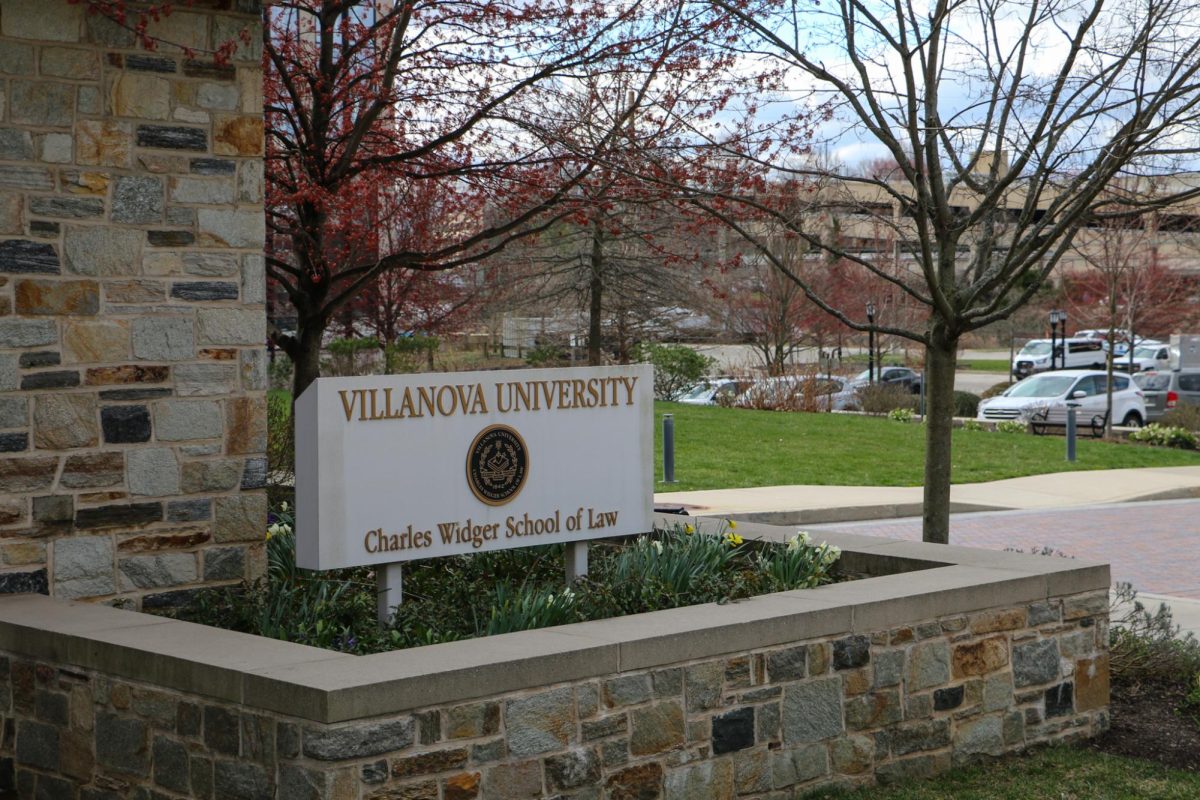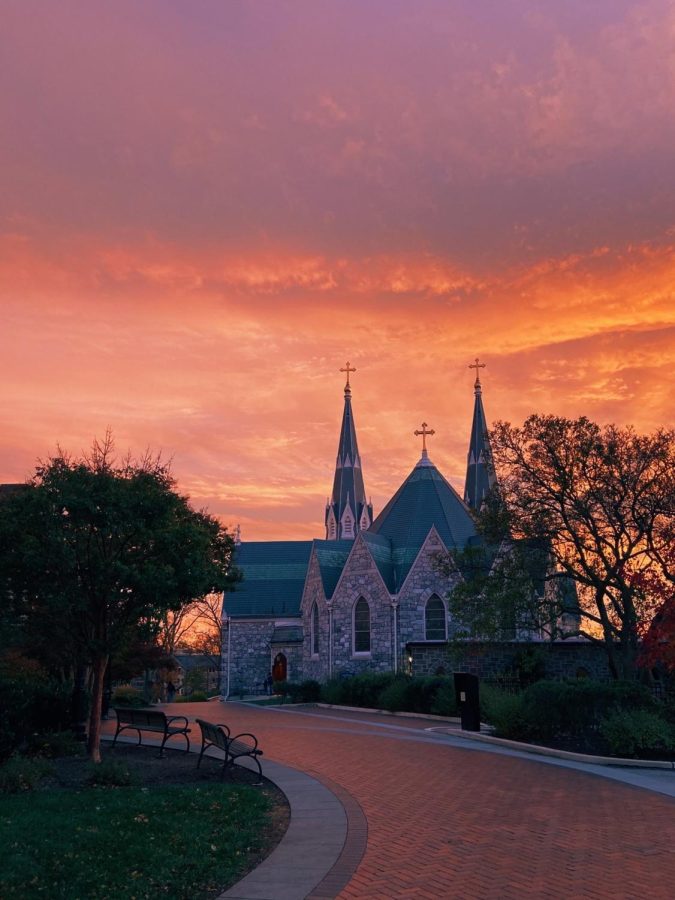On Wednesday, Feb. 5, Isaac Smith, Lepage graduate fellow, gave a talk on George Washington Carver as part of a wider Villanova effort to commemorate Black History Month. This event is also part of the “Lunch at Lepage” series, where guest speakers are invited to the Lepage Center to give a presentation on topics relating to the humanities and social sciences during the lunch hour.
In Saint Augustine Center 410, Kevin Fox, the assistant director of the Lepage Center, introduced the main speaker and gave a brief overview of the “Lunch at Lepage” series.
“Periodically we do these things called ‘Lunch at Lepage’ where we come and eat and we either talk about a current event putting it into a historical context or faculty and staff from around the University, as well as graduate students and my student fellows will present their research and sort of talk us through the process of developing from the germ of an idea to wherever it ended up,” Fox said.
Fox then introduced Smith.
“Today, one of my two graduate fellows, Isaac Smith, is going to talk us through ‘More Than the Peanut:’ George Washington Carver, his place in the history of agriculture, environmentalism, black intellectual history,” Fox said.
Smith started his presentation by expressing his thanks.
“I want to thank Kevin, as well as the Lepage Center and Dr. Rosier, because if it wasn’t for Dr. Rosier I wouldn’t have written this paper,” Smith said. “I would also like to give a kind welcome to the peanut gallery.”
Smith then detailed the roadmap for his presentation, starting with his reasoning for focusing on Carver. Smith described that last fall; he took environmental history with Dr. Paul Rosier.
As a part of this class, keeping in mind future aspirations, Smith chose to focus on Carver.
“I knew that I would be applying to Ph.D. programs in the following semester, and I knew that those programs would be Black studies programs, African history programs, Africana programs,” Smith said. “So, I decided it would probably be best for me to write some sort of primary source original essay that would blend aspects of Black studies with and fall within the demanding parameters of environmental history…”
Smith also described that many Black scholars typically choose to stay away from Carver as he had ties with Booker T. Washington.
“Booker T. Washington is like a stain on the legacy for a lot of folks in Black studies,” Smith said.
Smith then emphasized that his goal through this project was to study Carver through a Black studies lens, as many have chosen to forget him.
Smith then went through some of the frames that he used to analyze Carver, and the unconventional ways that Carver expressed his masculinity.
Moving on from his research methods, Smith started his chronological description of George Washington Carver’s life. Smith refers to the earliest stage of Carver’s life as his “plant doctor phase.”
Carver was born on Moses Carver’s homestead, lost his father early on and was separated from his mother and sister shortly thereafter. Carver, Smith found, “was unable to walk, regularly, until the age of about seven or eight.” Smith also found Carver was a very religious individual, even as a young boy, seeing his newfound ability to walk as “an act of God.”
Also, through analyzing his childhood, Smith found that Carver had “an intense love for nature, like indescribable. To the point that if one of his flowers died, he would be reduced to tears…This informed his mysticism.” This, Smith continued, influenced his further work, believing deeply that items from nature were imbued with God, and that because of this, they should not be wasted.
The next stage in Smith’s chronological analysis is Carver’s “Wanderer” stage. In this stage, Carver pursued greater education and moved to a different homestead, continuing his domestic work while attending school. Carver then moved to Fort Scott, Kansas to pursue a better education, but while in Fort Scott, Carver observed severe racial violence, driving him to a different area of the state. Carver then eventually moved to Iowa, attending Iowa State: “and so while he was at Iowa state, he worked under some of the finest minds in agriculture…” Carver then became a faculty member at Iowa state, starting to gain fame.
Smith then discussed Carver’s connection with Washington. Smith also revealed that W.E.B. Dubois, early on, had friendly connections with Washington, prior to the development of his criticism towards Washington.
Adding on to that point, Smith also concluded that even though Carver worked at a vocational school, the Tuskegee Institute, he was more interested in art and “took a liberal arts approach to scientific discovery,” which would place him closer to Dubois than Washington.
Concluding his presentation, Smith emphasized Carver’s passion and his faith.
“Certainly, [Carver] would say that he was called by God, and he felt the calling by God to do it,” Smith said.
Smith then left the floor open for questions, discussing more about biography, connections with Washington and Carver’s queer identity.







